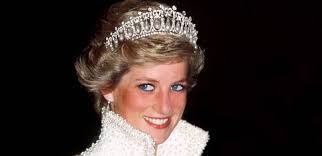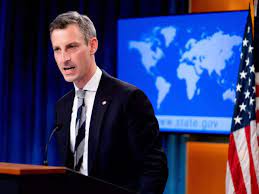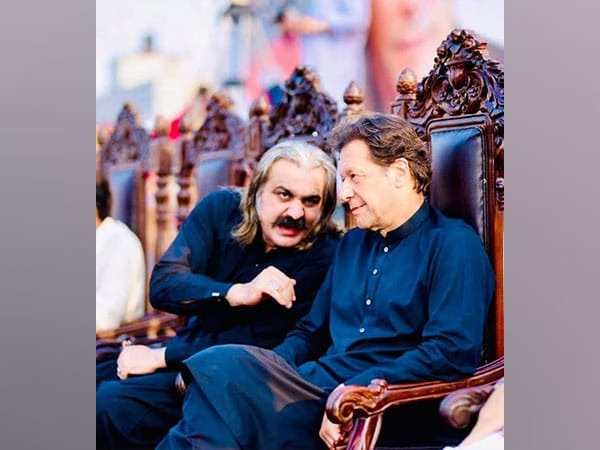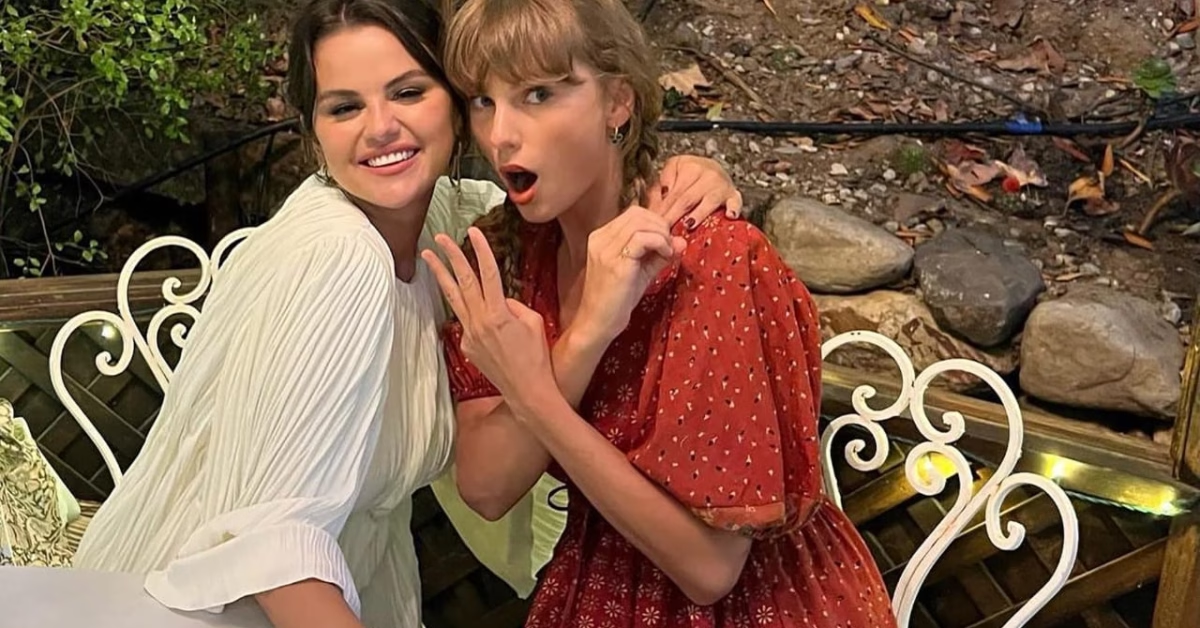His latest film, The Princess, chronicles Diana’s life from her shy adolescence to her unheard-of displays of grieving that followed her death on August 31, 1997, at the age of 36.
In order to explore the complex interaction between Diana, the media, and the public and evoke an emotional response from viewers, Perkins said he would forgo the interviews and retrospective analysis that are typically employed as the narrative vehicle in documentaries.
Our hope was to use the archive as a kind of time machine to take audiences back into our collective pasts and allow them to relive the story, he told Reuters. Perkins said he hoped his approach to filming would inspire spectators to reexamine their personal relationships with the princess. Perkins was 11 years old when Diana passed away and recalls the disorientation he felt over the outpouring of sorrow. What was our part in this, to me, is what’s most intriguing.
What part did we play that was active in the story? What role did we play? noted Perkins, who received an Oscar nomination for the Black Sheep documentary short. The part of the Diana story of this puzzle that I felt was less explored and more interesting for me was, what does Diana’s story say about all of us? And so that’s the whole approach here, to kind of immerse audiences in this present tense unfolding, to never let you escape from the archive, to take you back into these moments in all our lives. Diana, who at the time of her 1981 marriage to Prince Charles had just turned 20 years old, was admired and scrutinised all over the world. She blamed Camilla Parker Bowles, Charles’ mistress and future wife, for the breakdown of their marriage, which only increased media and public interest in Diana.
Diana was killed when the limousine she was riding in crashed in a Parisian tunnel as she escaped the paparazzi. On June 30, The Princess will be shown in British theatres.











